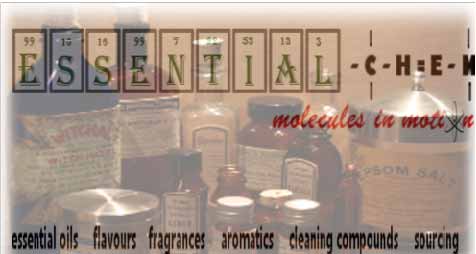
Natural and N&A Flavours, Fragrances and Perfumes
About Natural Falvours, Fragrances and Perfumes
Flavour and fragrance ingredients are mostly organic molecules with distinctive pleasant odours. Basically, flavour and fragrances are chemical moieties whose receptors resides in the olfactory cells of the nose. Flavour and fragrance are added to foodstuffs, beverages and nutraceuticals in order to increase the functionality as well as consumer acceptance. There are five major classes of tastants recognized by humans including bitter, salty, sweet, sour and umami substances. The production of participating cells varied in the nasal cavity seeing that the cells entangle in each geometry increases with the mass concentration of odorants and vice versa. Natural flavours constitute a complex mixture of chemicals obtained from natural sources, mostly plants and fruits. Spices and herbs are being widely used from ancient times. They possess antioxidant activity due to their chemical constituents and are used for preservation of beverages, food products and nutraceuticals. Dietary fibers basically includes the nutritional supplements.
Natural flavours are food additives made from upwards of 100 different chemical ingredients. Technically they are called aromatic isolates. They can be just one aromatic isolate (molecule) or a blend of many aromatic isolates that combined create the final desired natural flavour profile. They restore flavour lost during pasteurization and processing, enhance smells, keep foods tasting fresh months after purchase, and deliver flavour in short, concentrated bursts.
Natural flavourings are edible aroma compounds that are found in nature, not made by man as opposed to artificial flavours that are synthesized in production.
A PERFUME is basically a combination of ingredients, or components, each of which adds a certain characteristic to the whole. Certain perfumery components ( for example, essential oils) do not last very long on the skin, as they are very volatile. Because of their small molecule size, these components leave the skin and reach the nose the fastest, and so are the first to be perceived. Perfumers call these the top (head) notes. They provide the first impression of any scent. An example of a top note would be citrus, for example essential oils like orange oil, lemon oil, or bergamot oil. These are examples of pure essential oils and have relatively small molecular structures and so are relatively volatile.
The next, and longer-lasting, group of perfumery components are the middle (heart) notes. These provide an evolving second layer to a scent, and they also serve to modify the base notes, the largest molecules, which provide fixation, or lastingness, to a fragrance and are the last scent impressions to be left on the skin.
Base notes are often very rich, heavy, and long-lasting. They make up 10-25% of the final fragrance, and since base notes sink into your skin, they can last up to six hours or more. The common base notes include cedarwood, sandalwood, vanilla, patchouli, and musk.
